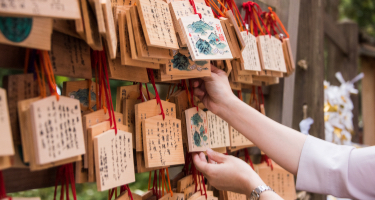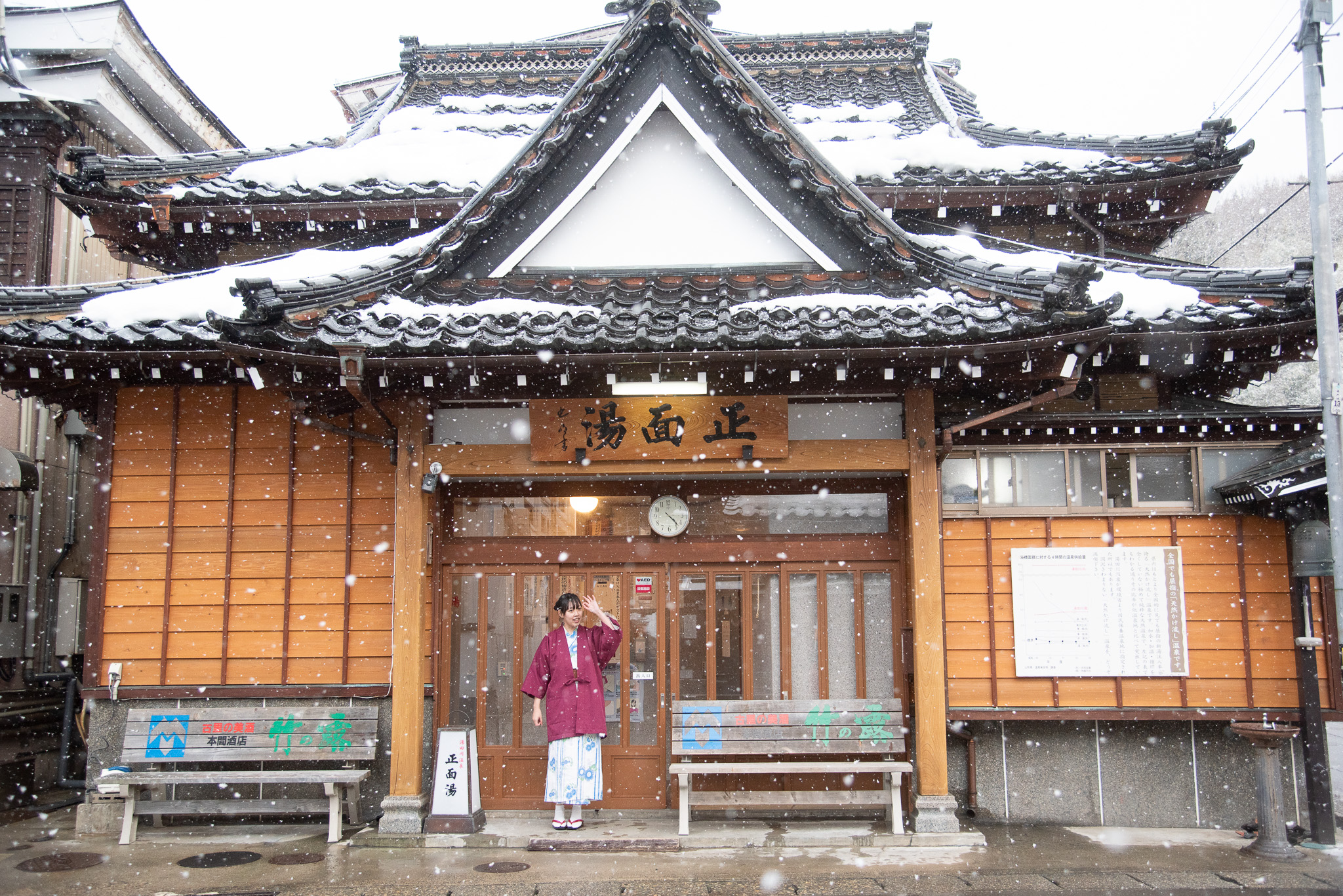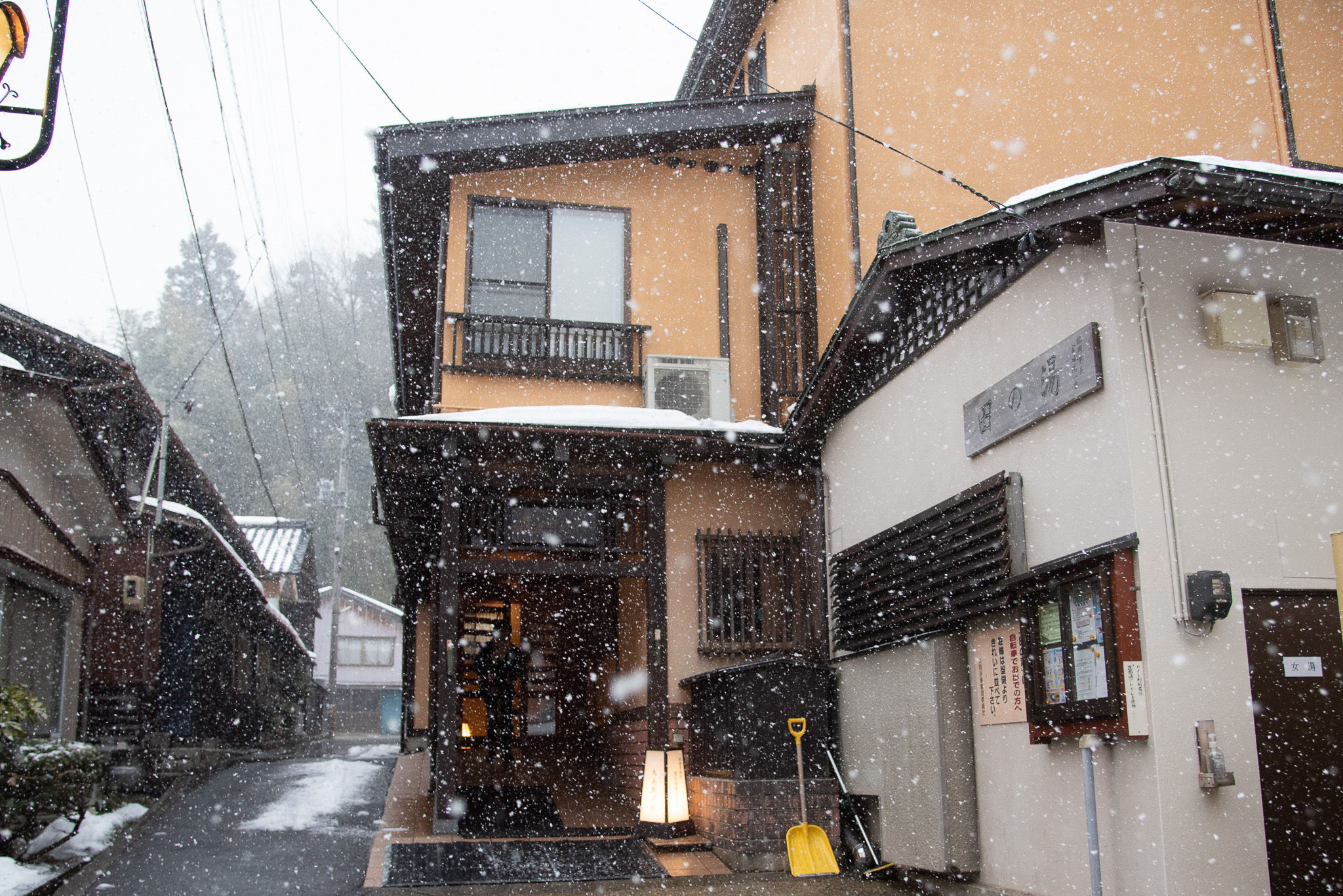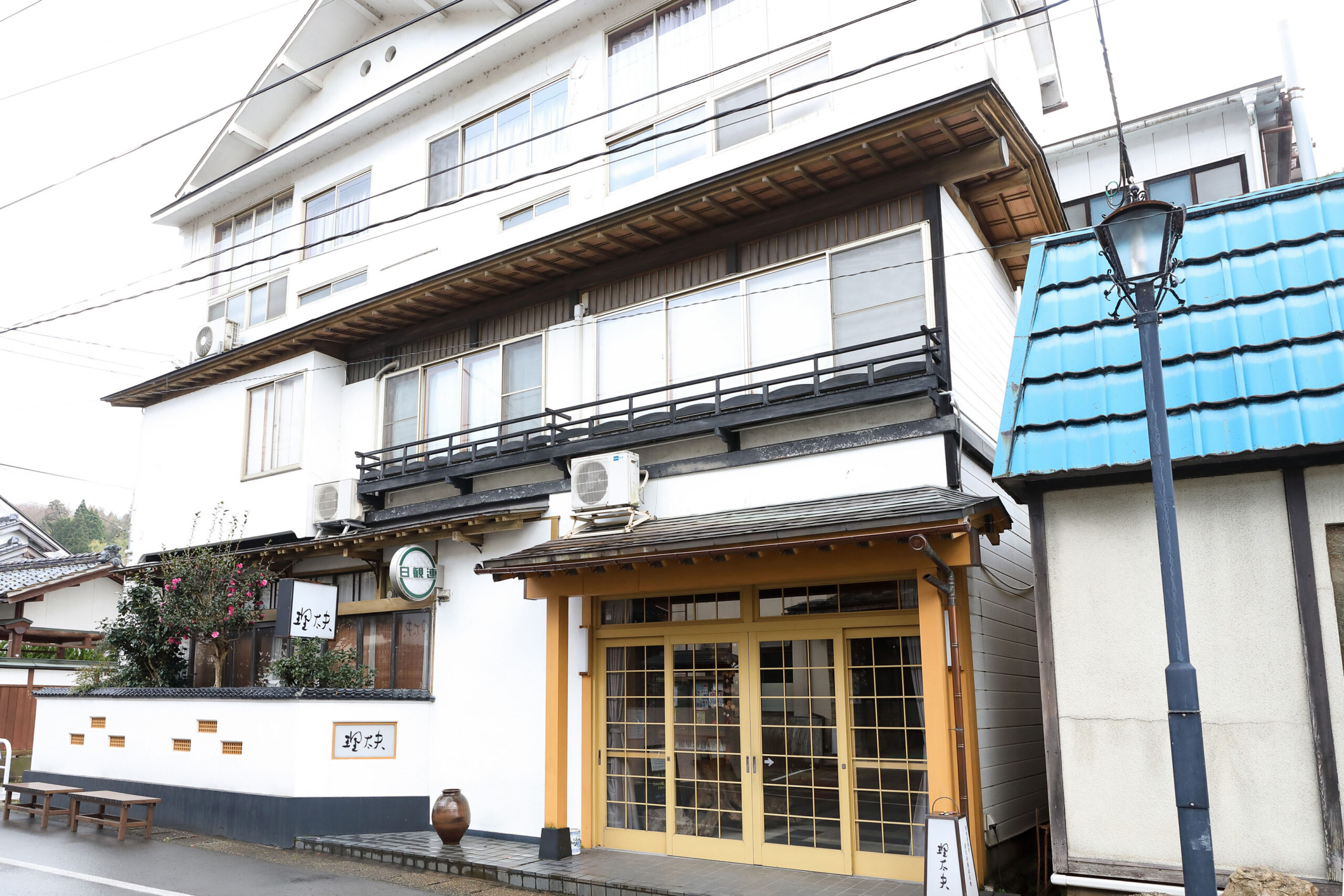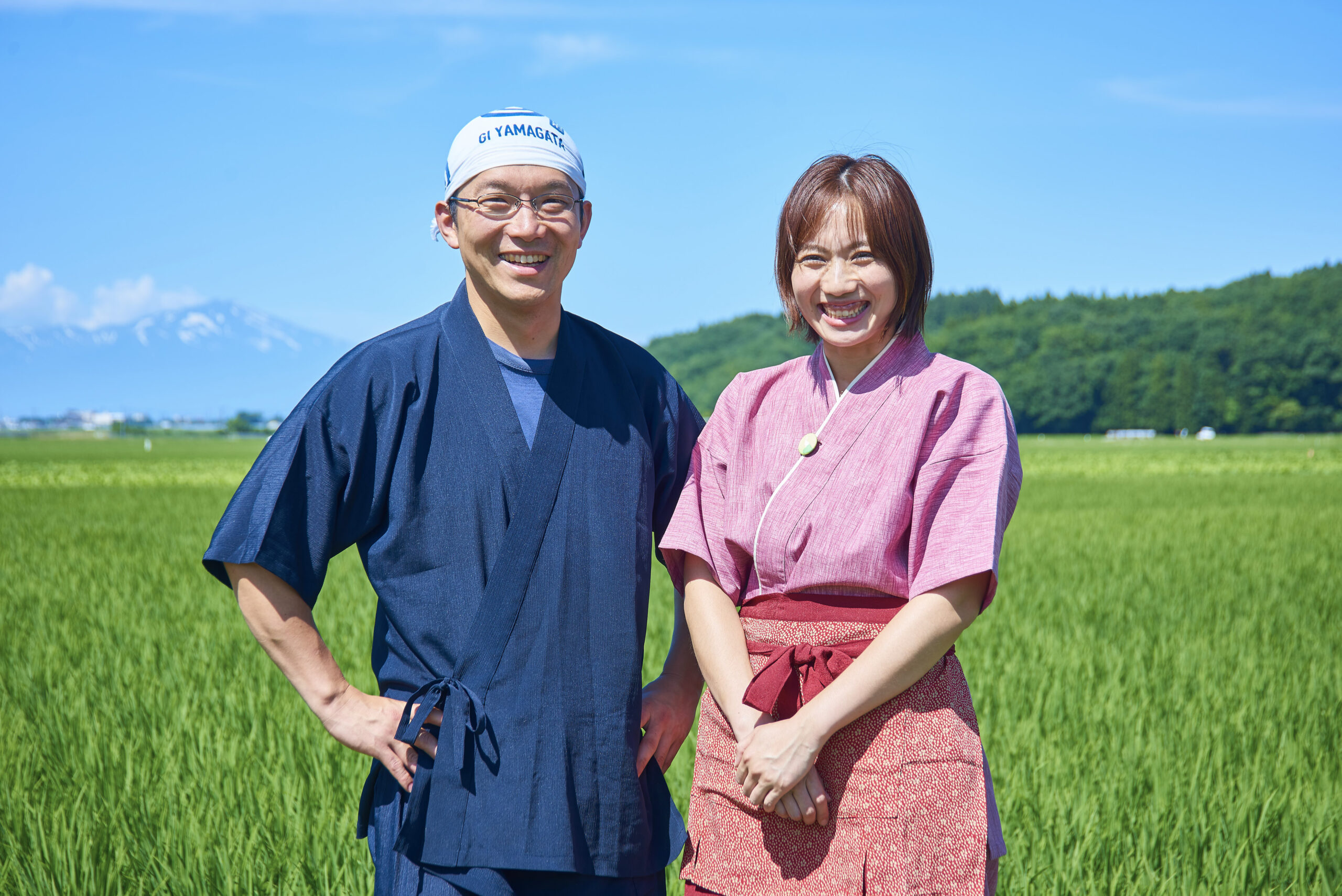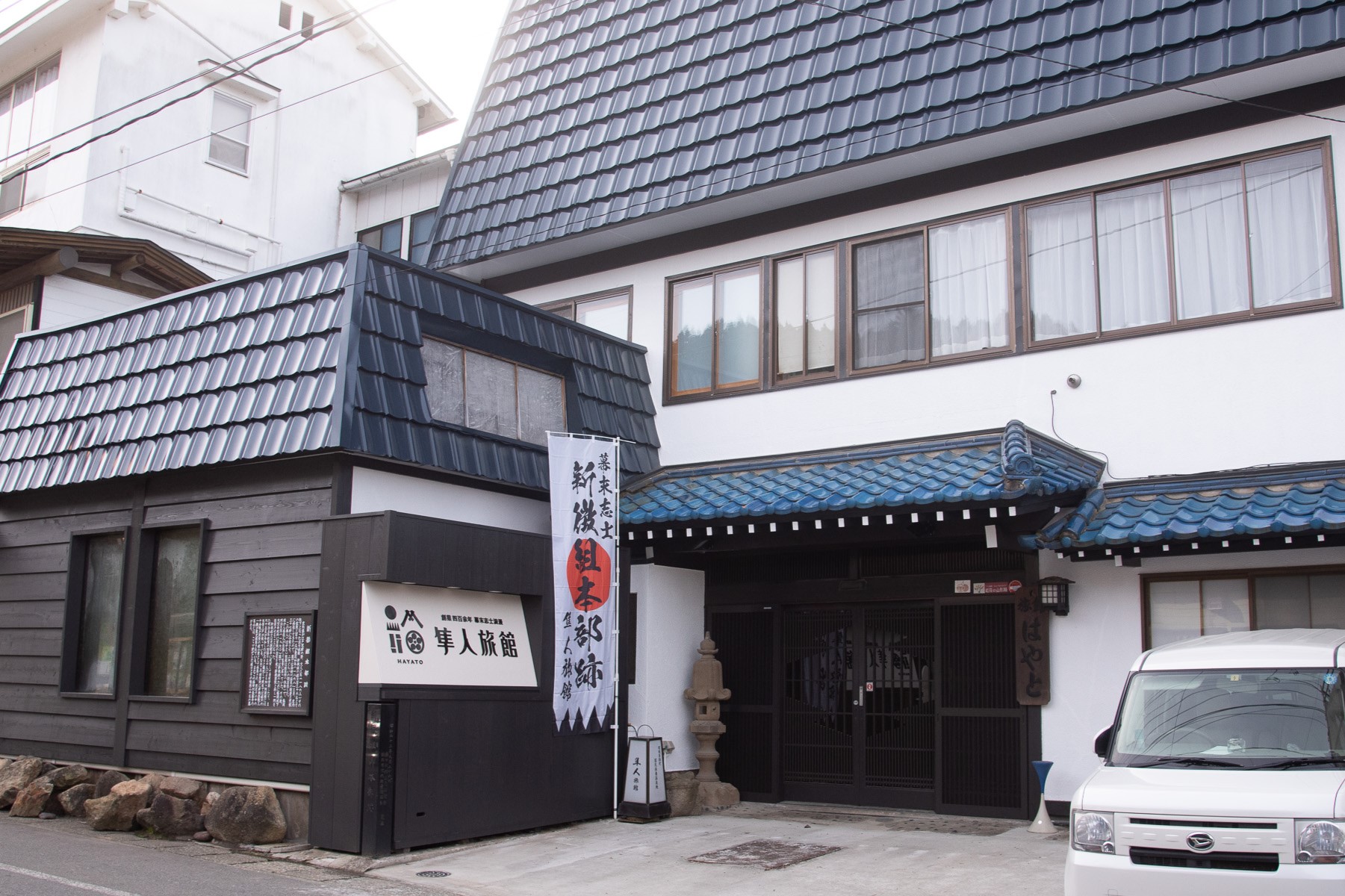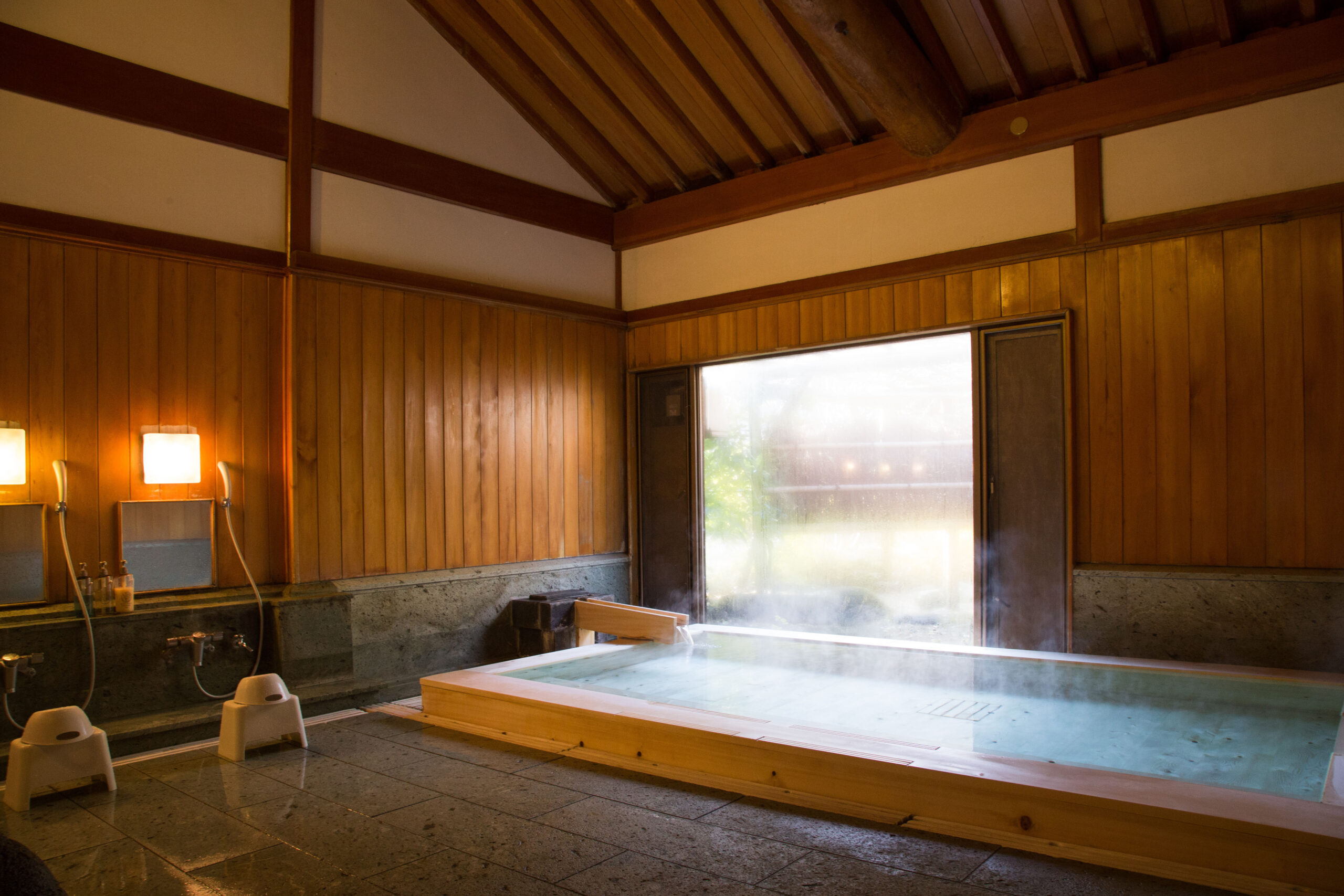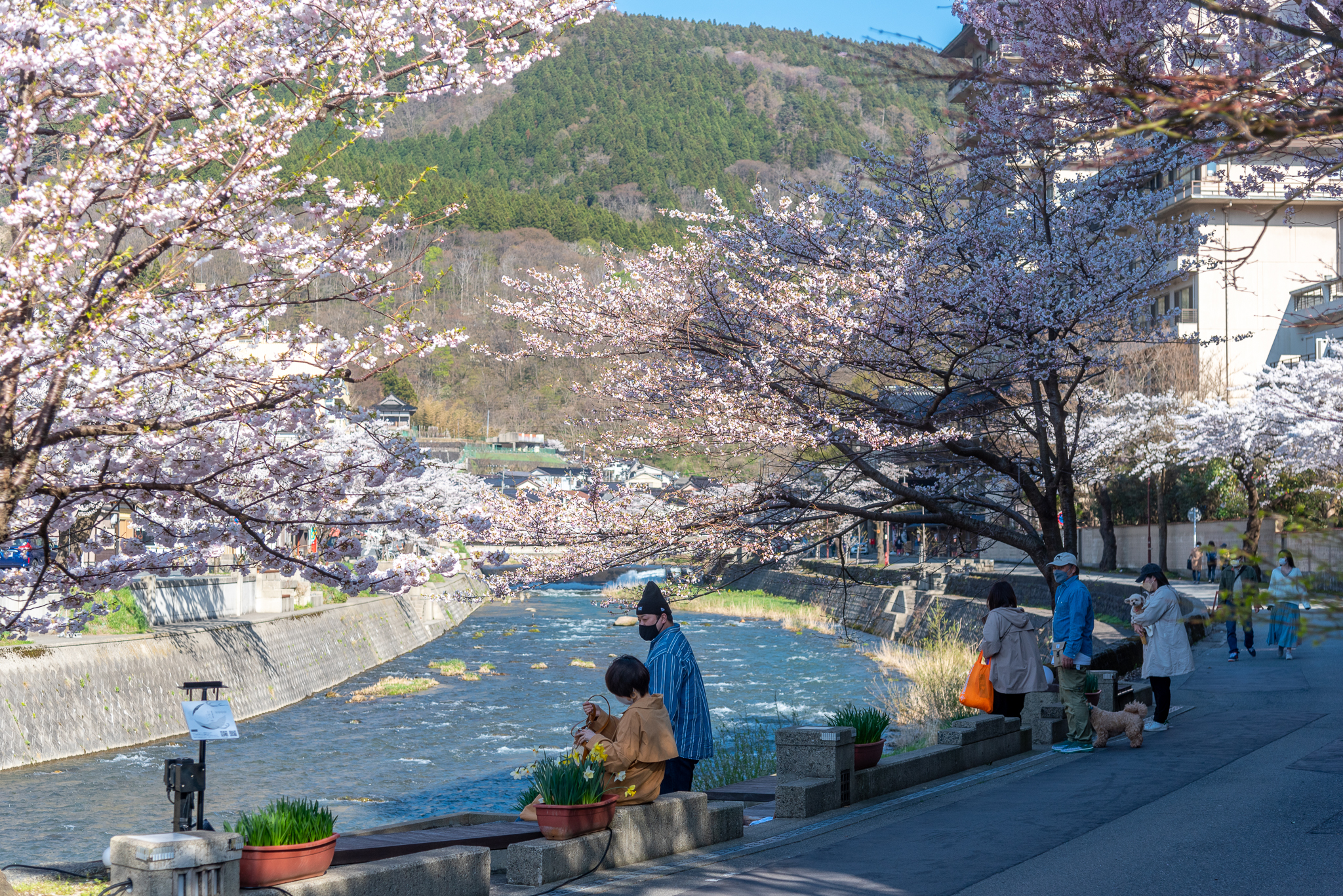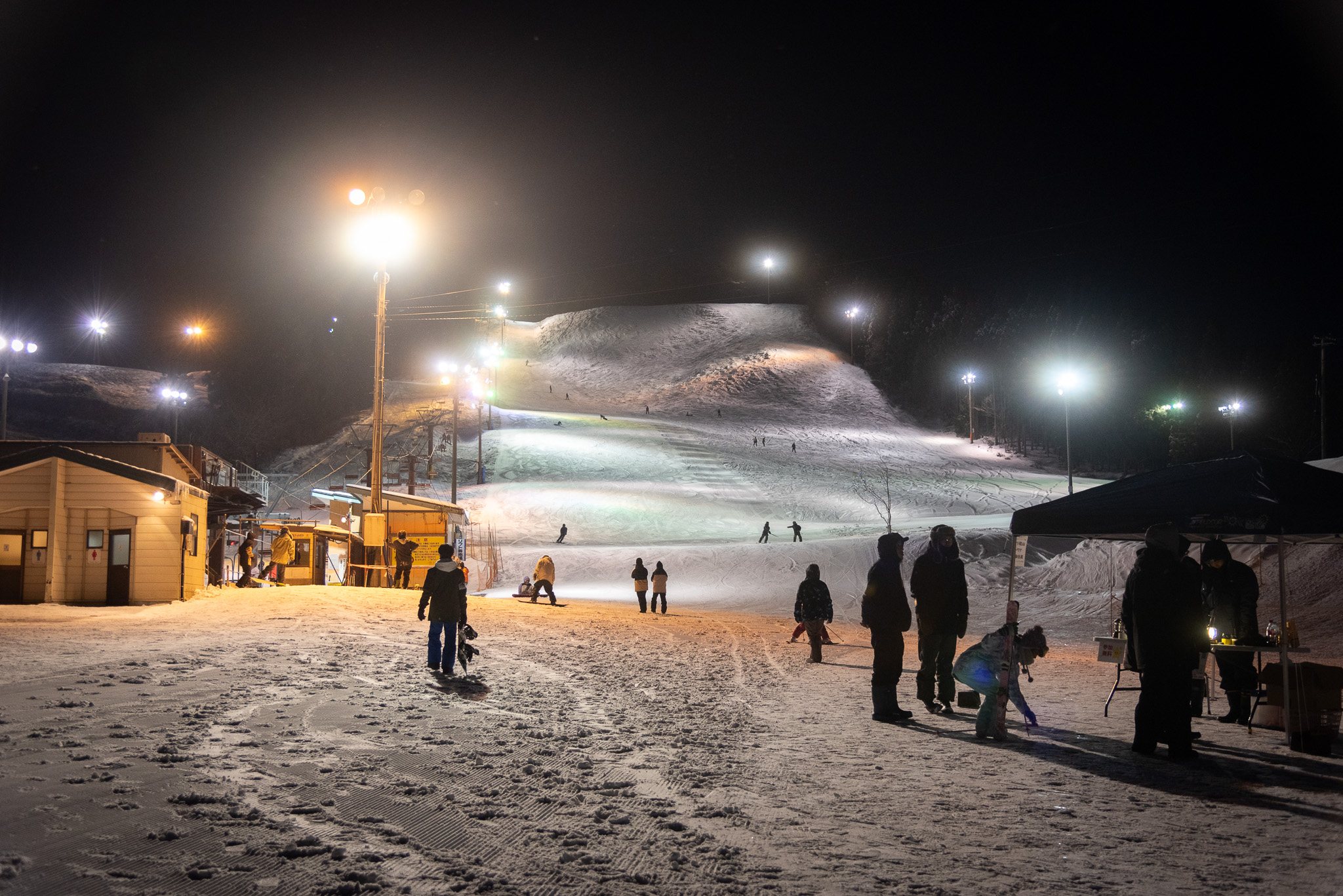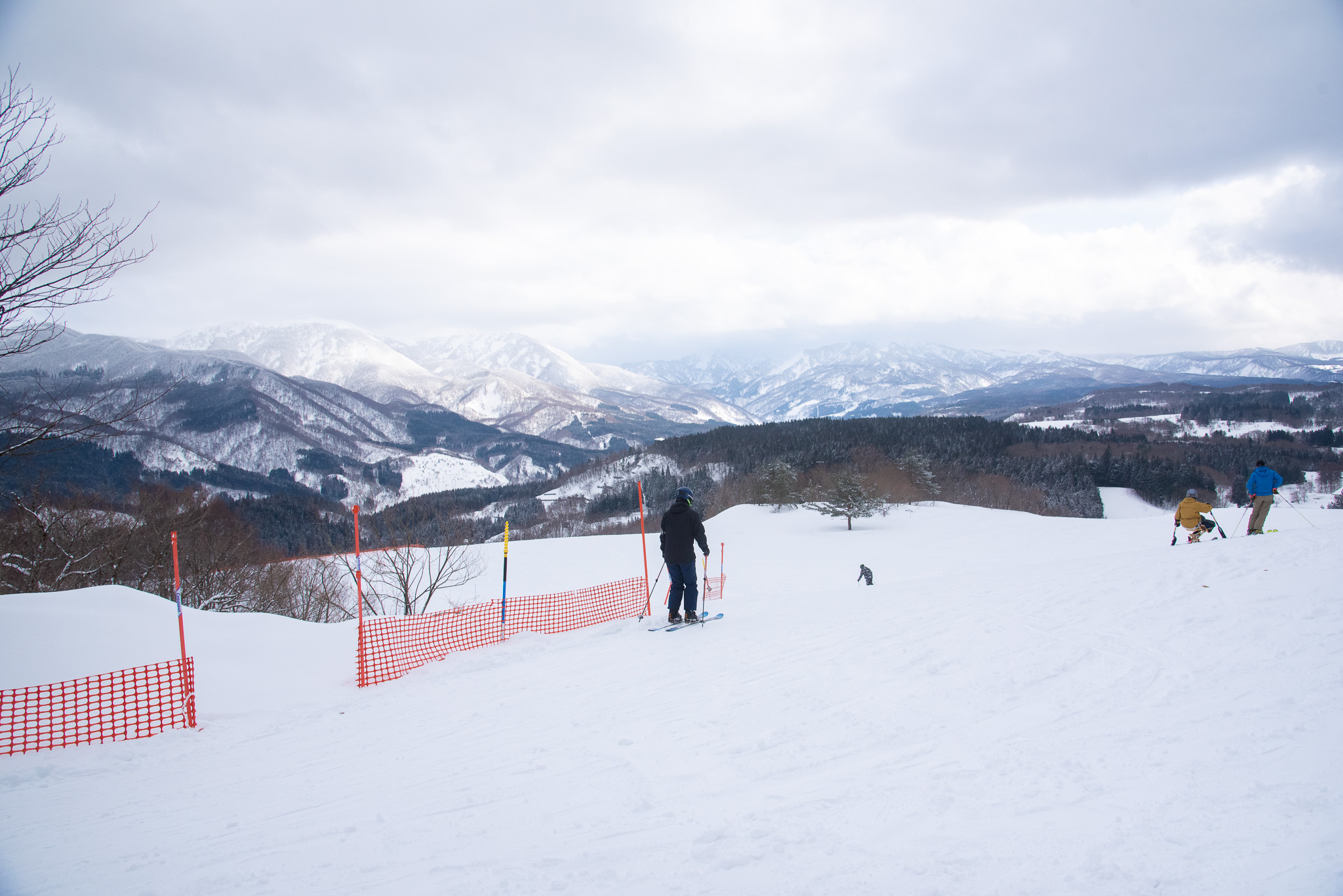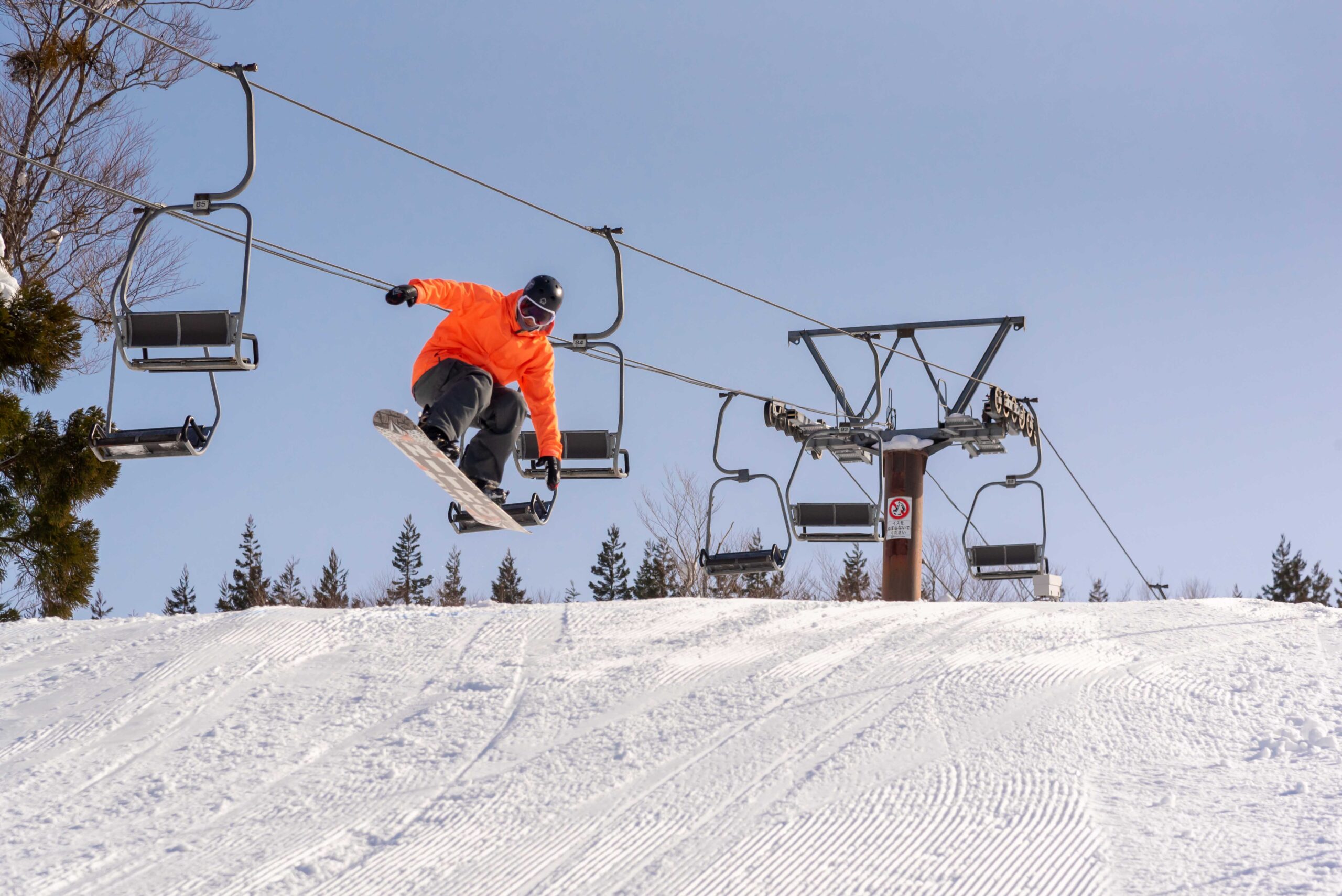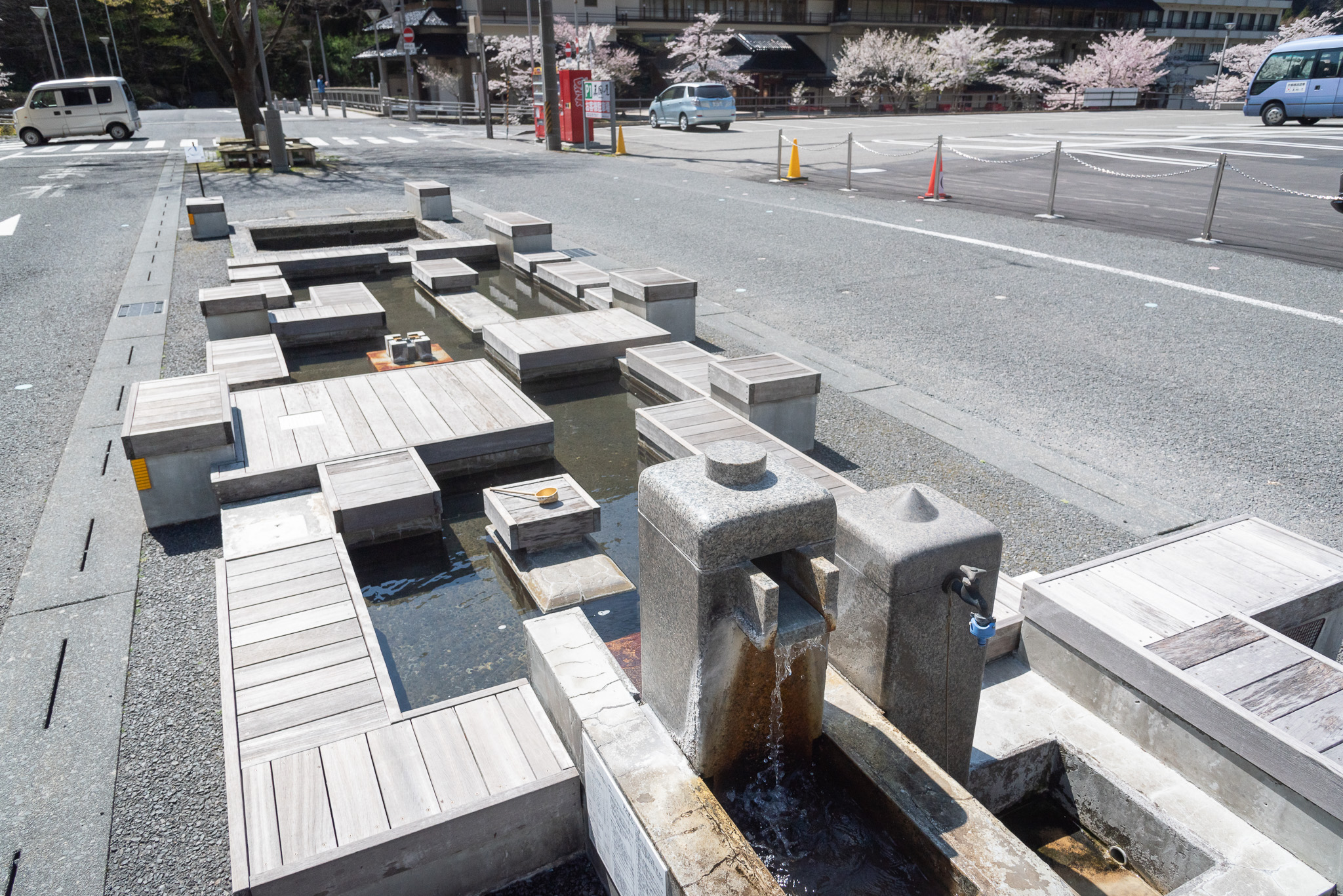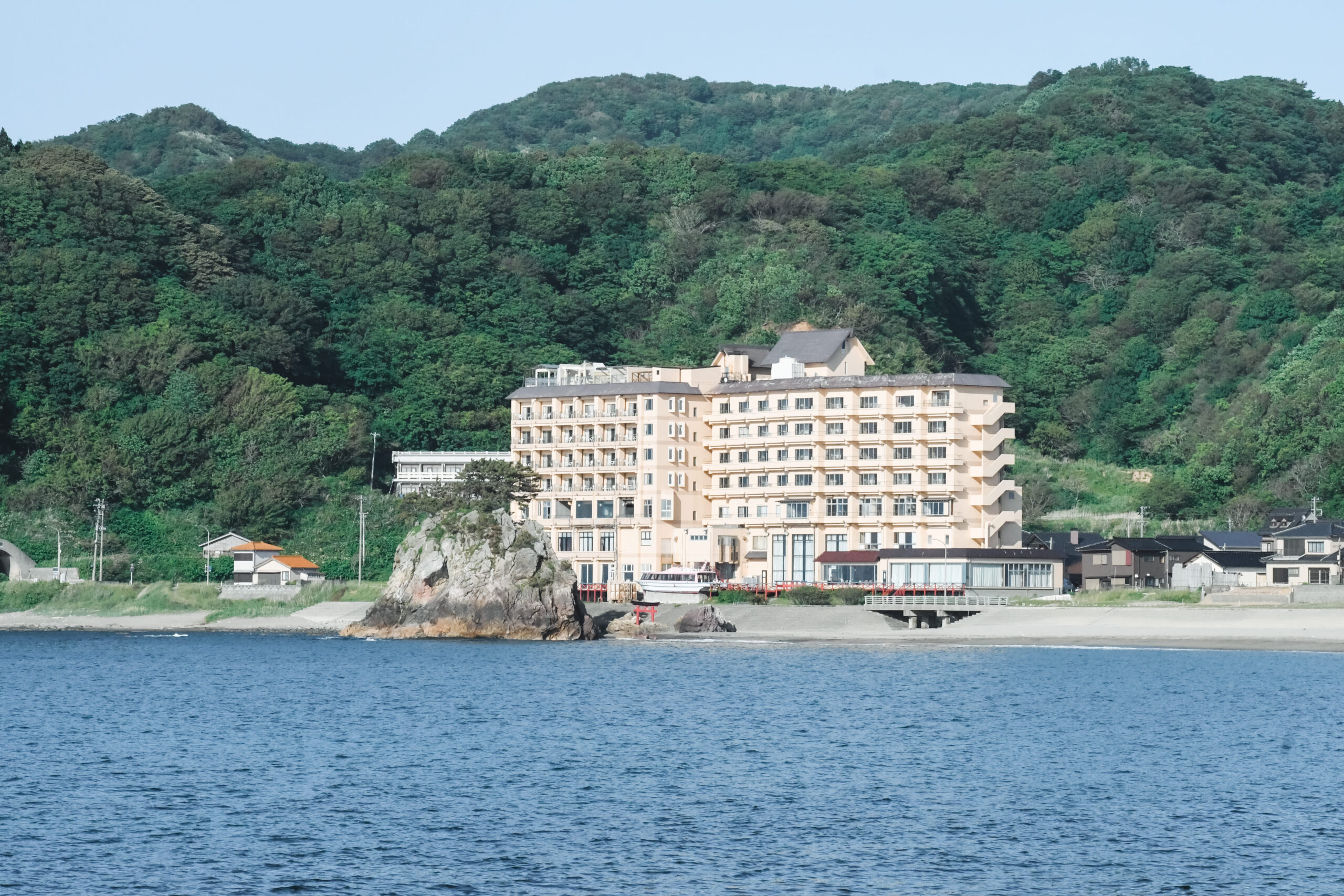
Yaotome
“Yaotome” translates to “8 maidens” in Japanese. The term refers to the eight ladies who played a crucial role in aiding Prince Hachiko, the legendary founder of Dewa Sanzan, in reaching Mt. Haguro. Among these eight ladies, two were particularly attentive to Prince Hachiko, providing him with local fish and shellfish and hosting him in a cave in Yura. A statue commemorating these two ladies, “Miô” and “Ehime,” can be found near the beach.
Yaotome embodies this tradition of hospitality towards travelers by specializing in seafood. The cuisine at Yaotome highlights fresh fish served as sashimi and grilled fish and shellfish. Additionally, its outdoor baths are designed after the thermae of ancient Rome, adding to the overall experience of relaxation and rejuvenation.


